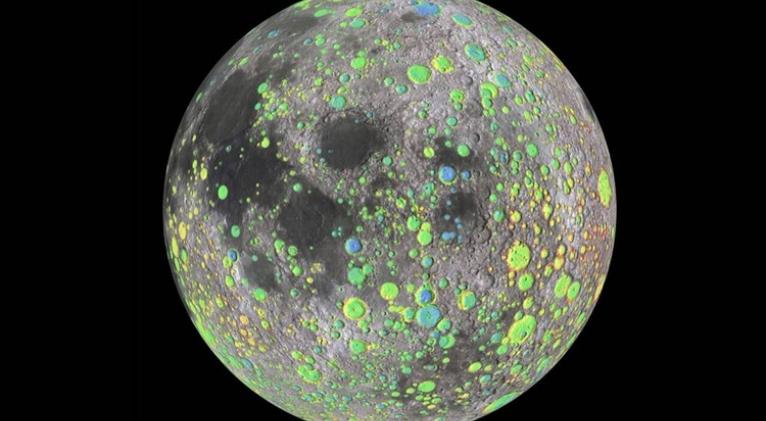
The US, Jun 14th. - Scientists at Oxford University have identified a series of craters on the Moon that could contain platinum and other valuable metals, with totals valued at more than one trillion euros.
The lunar surface houses more than 1.3 million large craters. Of these, about 6,500 would have been caused by metal-rich asteroid impacts of the platinum group, a finding published in Planetary and Space Science.
The research, led by Jayanth Chennamangalam, indicates that these craters could contain large amounts of platinum, palladium and iridium, key materials in the manufacture of electronic devices, green technologies and high-value industrial components.
In addition to platinum, the study suggests the possible existence of other minerals of interest, such as rare and thorium earths, whose applications extend to nuclear energy, ceramic materials or high-precision devices.
The study indicates that space mining is closer to becoming an economically and technologically viable activity.
The proximity of the Moon to Earth and its relative gravity make its surface a more favorable environment for mining than other celestial bodies, such as asteroids. Unlike these, the Moon allows more stable and operational infrastructures to be established.
Added to this is the lack of clear legislation on the exploitation of resources outside the planet.
The 1967 Outer Space Treaty prevents any nation from claiming sovereignty over the Moon or other celestial bodies, but does not explicitly regulate mining for commercial purposes.
With the aim of strengthening the regulatory framework, the United States promoted the Artemis Accords. However, in the absence of the accession of key countries such as China or Russia, their legal validity remains questioned by the international community. (Text and Photo: Cubasí)